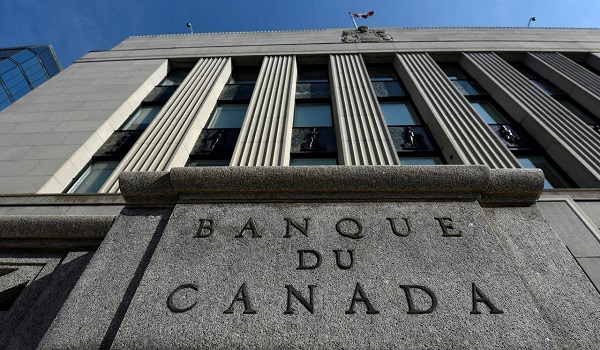Economists expect inflation numbers to be lower when September figures released Tuesday
Statistics Canada is set to reveal Canada’s annual inflation rate for September Tuesday, and economists say it likely fell, because of lower prices at the pump.
The biggest question? Whether it’s enough to push the Bank of Canada to cut interest rates more quickly.
A consensus of economists surveyed by Bloomberg expect the data to reveal that Canada’s annual rate of inflation fell to 1.9 per cent in September, from 2 per cent the previous month.
Tuesday’s release is the last major piece of data to drop before the Bank of Canada’s next interest rate announcement Oct. 23.
The Bank of Canada is widely expected to cut its key overnight lending rate again, but there’s a growing assumption that it might cut by 50 basis points (half a percentage point), rather than the 25-point cuts it’s been making recently.
BMO chief economist Douglas Porter acknowledged the growing assumption in a research note Friday, and said the Bank could easily be tempted to make a 50-point cut.
Trading on the overnight interest swap market is already pricing in a significant chance of 75 points worth of cuts by the end of the year, Porter said.
“The economy is operating below capacity, confidence is sour, and the Bank seems to have a dovish bent. If the market is handing the BoC an opportunity to cut by 50 bps on a silver platter, it’s tough to see them saying ‘No thanks,’” Porter said.
The Bank of Canada has now cut its key overnight lending rate 25 basis points — a quarter of a percentage point — three meetings in a row.
The bank raised rates 10 times between March 2022 and last summer in a bid to wrestle inflation down to its two per cent target. Inflation peaked at 8.1 per cent in June 2022, as the Canadian economy opened back up from COVID-related restrictions.
The theory is that by making it more expensive to borrow money, consumers and businesses will spend less, driving down prices and slowing the economy.
Now, as the economy slows and inflation has been heading (mostly) downward, the bank is taking the reverse approach, trying to stimulate growth by cutting interest rates.
This article was first reported by The Star











